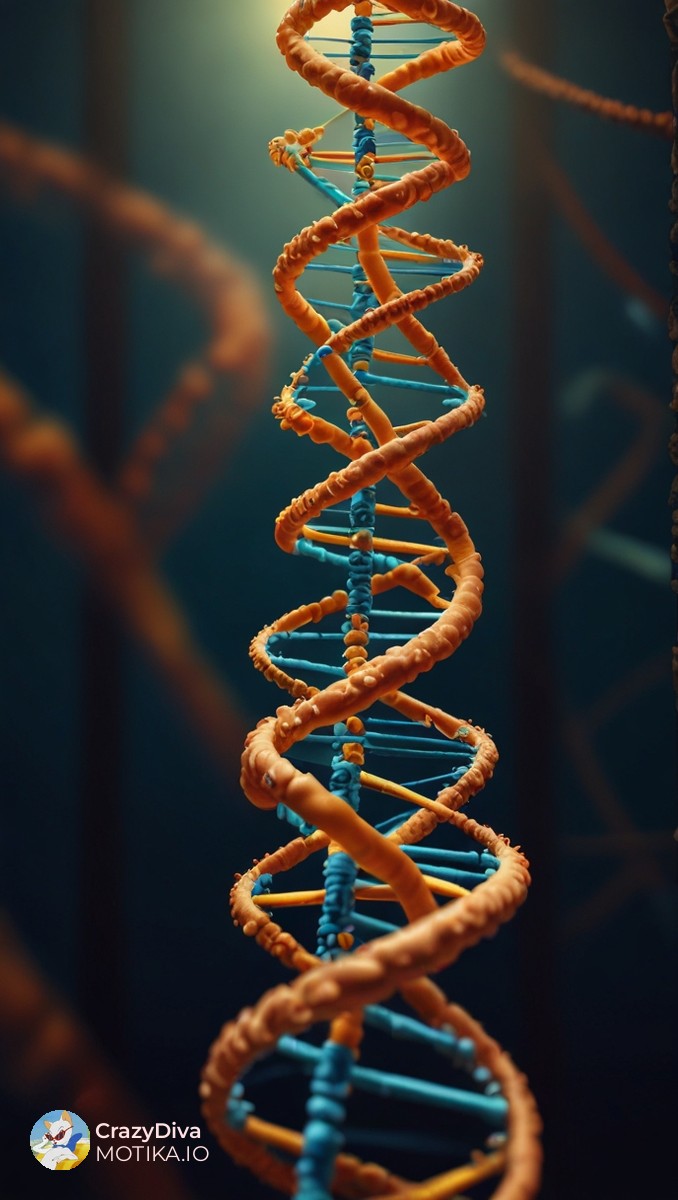Scientists Accidentally Made a Mouse Grow Legs in Place of Genitals
Turning off a gene early in mouse development led researchers to end up with an accidental six-legged embryonic mammal. This strange result took the spinal cord research of developmental biologists Anastasiia Lozovska and Moisés Mallo and their colleagues at Portugal's Gulbenkian Science Institute in a new direction. "I didn't choose the project, the project chose me" said Mallo.
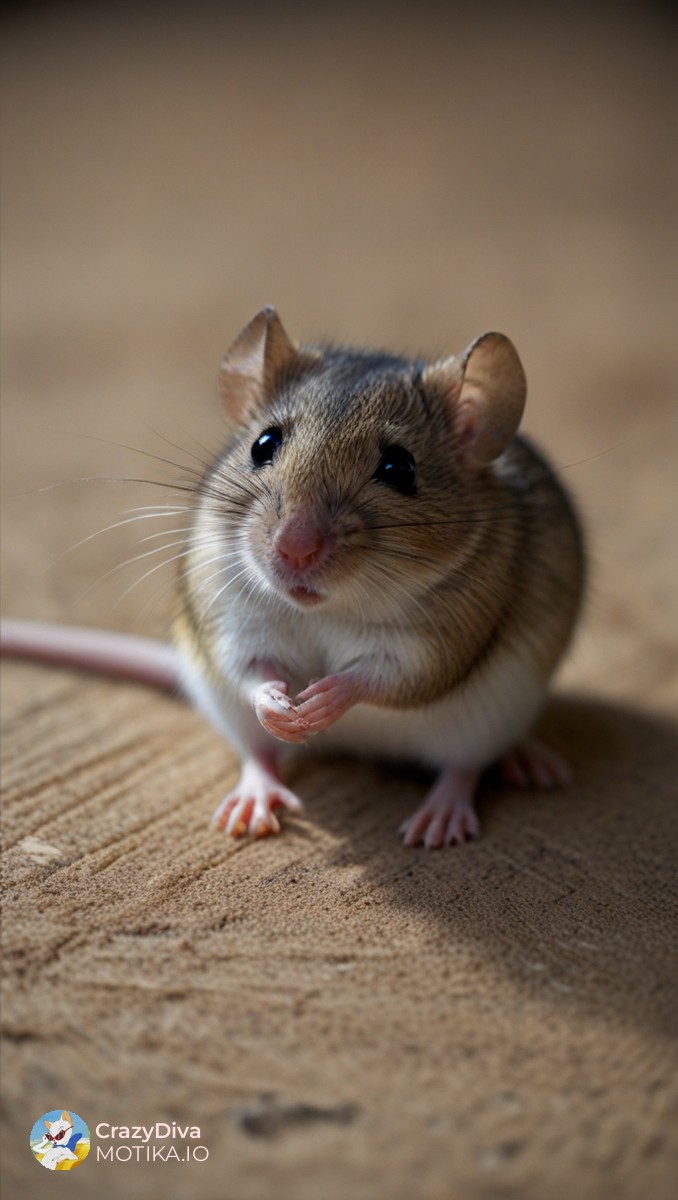
In This Article:
The Unintended Consequence: Six-Legged Embryonic Mammal
Researchers investigating spinal cord development in mice accidentally discovered a six-legged embryo when they turned off the Tgfbr1 gene early in mouse development. This unexpected outcome redirected their research towards understanding the role of Tgfbr1 in embryonic development.
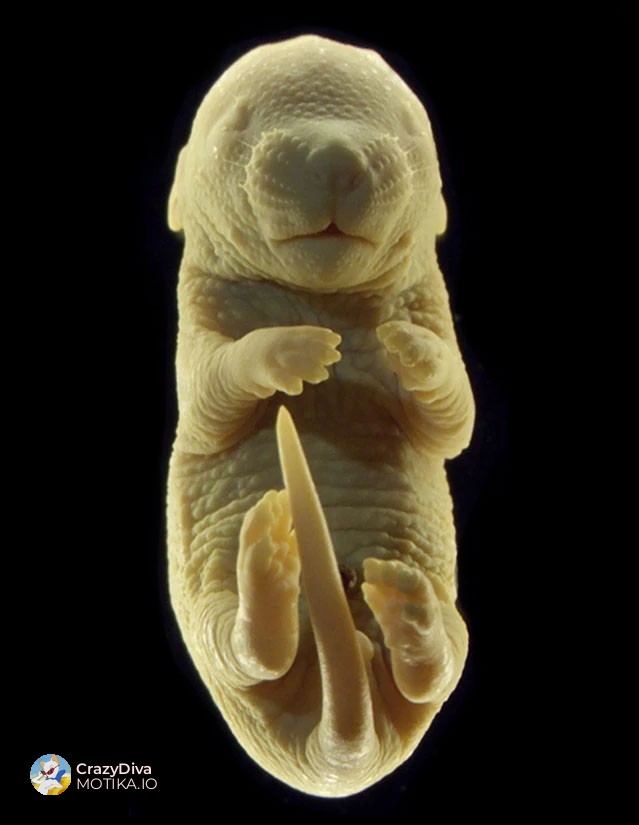
Tgfbr1 and Signaling Pathways: Guiding Body Formation
The Tgfbr1 gene contributes to a signaling pathway crucial for providing directional cues to developing embryos, particularly in establishing trunk-to-tail organization. This pathway plays a role in instructing cells to form hindlimbs and external genitalia during embryonic development.
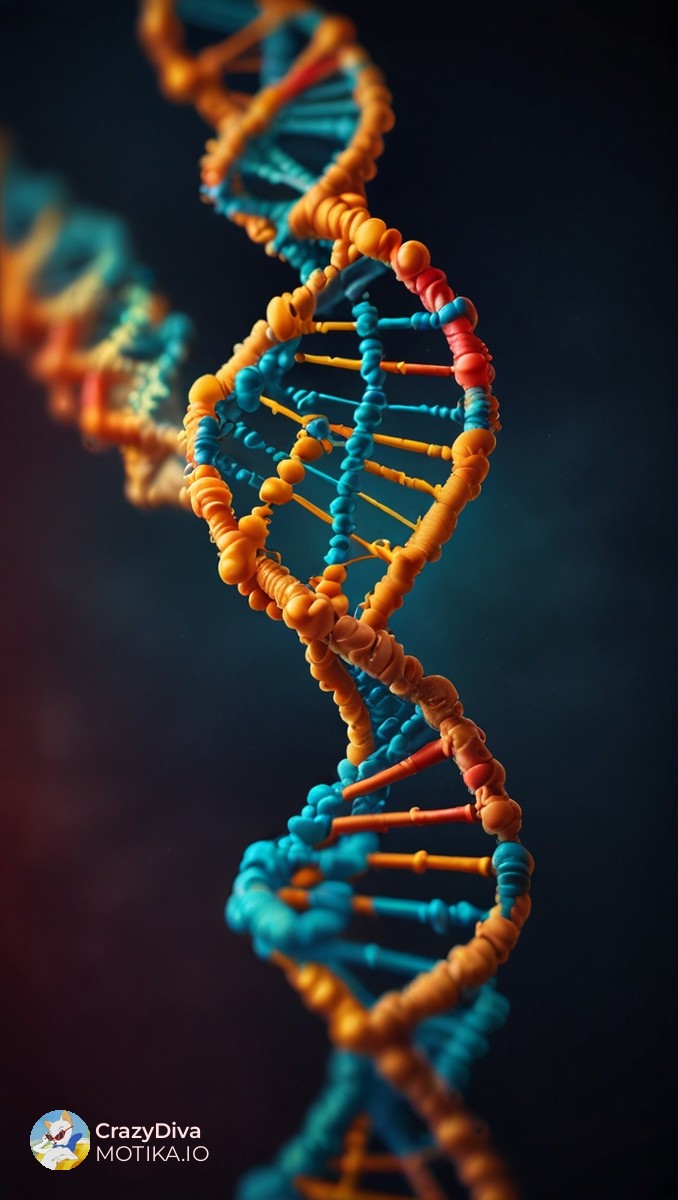
Developmental Plasticity and Limb Formation: Insights into Evolution
The study sheds light on the similarities between hindlimb and genital development, suggesting a shared origin in ancestral species. Understanding the genetic mechanisms underlying limb development could help explain evolutionary differences such as the absence of hindlimbs in snakes but their presence in most lizards.
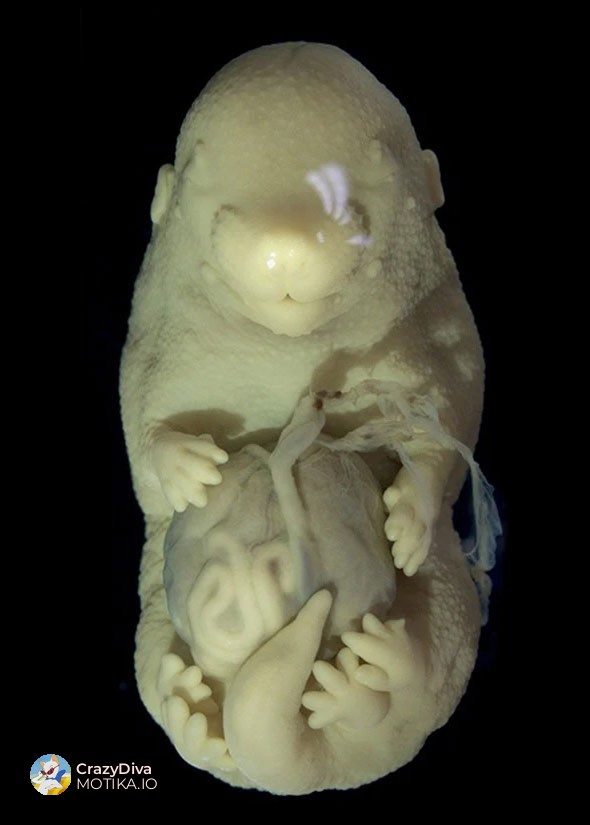
Chromatin Remodeling and Genetic Expression: Unraveling Mechanisms
Researchers observed chromatin remodeling in the mutant leg tissue, indicating a shift in the proteins controlling DNA access from a 'genital' to a 'legs' configuration. This finding suggests a complex interplay between genetic regulation and tissue differentiation in embryonic development, highlighting the need for further investigation into the precise mechanisms linking Tgfbr1 suppression to the formation of extra limbs.
